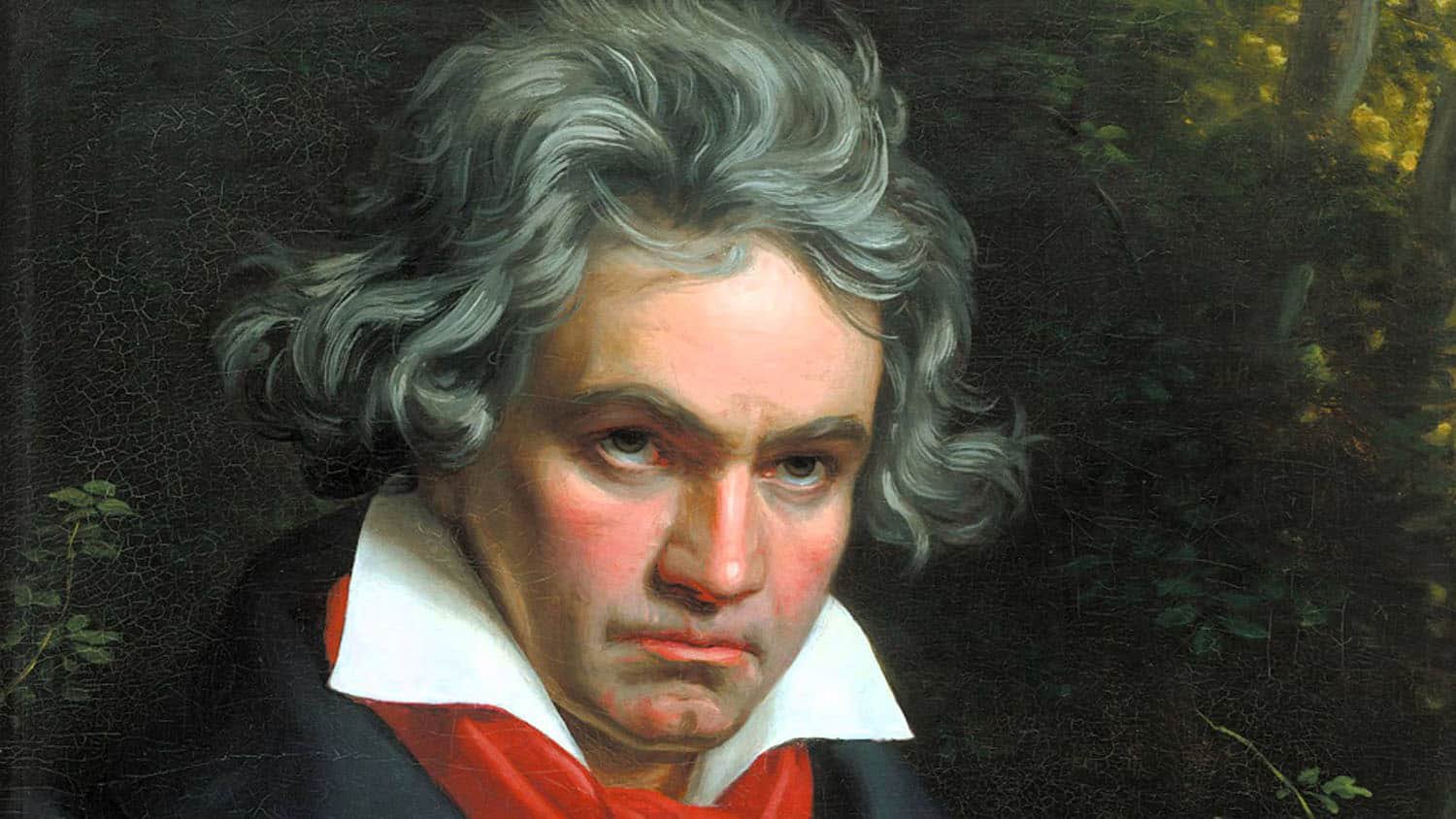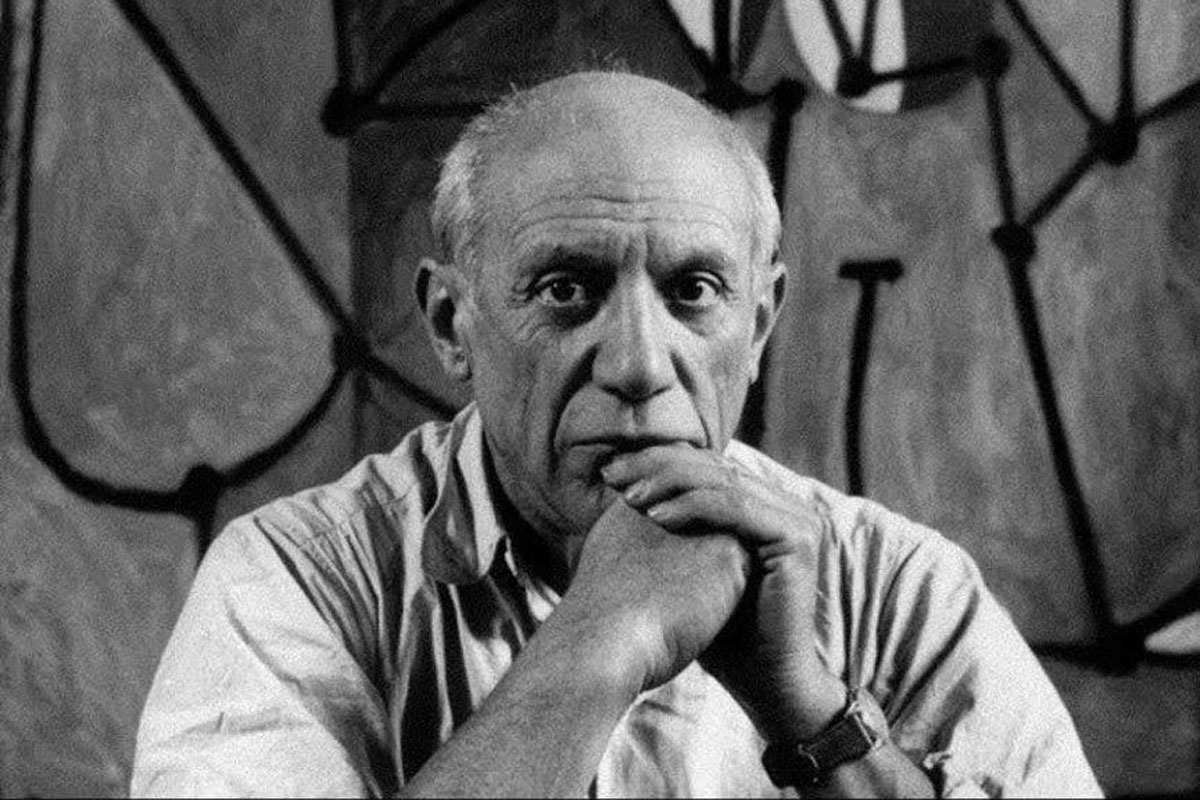This series of articles seeks to examine the character attributes of highly successful leaders, regardless of their adherence to a strong faith or moral standard. In presenting these thoughts, Leadership Ministries is not agreeing with or advocating these traits or practices, but rather presents these as ideas for discussion and development in your own leadership journey.
Michelangelo di Lodovico Buonarroti Simoni (1475-1554) was an Italian sculptor, painter, architect, and poet of the High Renaissance. He is known for his striking masterpieces, including the ceiling of the Sistine Chapel and the statue of David. Born in Florence, his work was inspired by models from classical antiquity and has had a lasting influence on Western art.
Michelangelo is one of art history's earliest true “characters.” He was a polymath genius who is widely one of the greatest artists of the Italian Renaissance. He had a reputation for being temper driven, fickle, and difficult. He was part of the revival of classical Greek and Roman art and his work was infused with an emotional realism that had never been seen before. Michelangelo found lifelong support by the era’s most renowned patrons and produced some of the world’s most iconic masterpieces that continue to be revered today.
Never stop learning. Michalengelo’s father was a worker for the Florentine government, and didn’t support his son’s inclination towards art. It was viewed as a lowly profession and not suitable for the young heir of a government official. At age 14, Michelangelo drew the attention of Lorenzo de’ Medici, who recognized his artistic talent and invited Michelangelo to reside at his home. Michelangelo would subsequently learn from noted intellectuals and artists of the day, and the insights he gained from his time in the Medici home would influence his work throughout his life. It was during this time that Michelangelo honed his skills as a sculptor under the renowned Bertoldo di Giovanni.[1]
Michelangelo’s Sistine Chapel ceiling is widely considered among the world’s greatest works of art. Photo: Public Domain
Michelangelo had a difficult personality and was a fierce critic of his own work. Although he became wealthy, he lived a life of solitude, rarely interacting with others. He remained intensely humble about his own talents as an artist and sculptor. Though his Sistine Chapel ceiling is regarded as one of the greatest works of art in history, Michelangelo wrote of it critically, saying “I am not a painter.” To paint the ceiling, Michelangelo learned the painstaking process of fresco, something he had never done before. During the first few months of the Sistine Chapel project, Michelangelo employed fresco students and observed as they painted with plaster and paint. In addition to sculpting and painting, Michelangelo was also an architect and poet. He once said, “The greater danger for most of us lies not in setting our aim too high and falling short; but in setting our aim too low, and achieving our mark.”
Have endurance. His work drew admiration from all walks of life, but the Italian master was forever pushing himself towards perfection, which meant he never produced any work that was less than extraordinary. Michelangelo said, “There is no greater harm than that of time wasted.” Michelangelo worked 18 hours a day on the Sistine Chapel and it took him four years to complete—some 26,000 hours of work.[2] Many people don’t realize that after he painted the ceiling of the Chapel, Michelangelo then turned his attention to the walls, which took him an additional four years to complete. Of the time he spent on his art, Michelangelo said, “If people knew how hard I had to work to gain my mastery, it wouldn’t seem so wonderful at all.”
The Ceiling project was painted from scaffolding that Michelangelo himself designed, and was very difficult on his body. Biographer Giorgio Vasari wrote, “These frescos were done with the greatest discomfort, for he had to stand there working with his head tilted backwards, and it damaged his eyesight so much that he could no longer read or look at drawings if his head was not tilted backwards; his condition lasted for several months afterward.”
Michelangelo was just 26 years old in 1501 when he was commissioned to carve the statue of David. It took him two years. Photo: Public Domain
See it in your mind. One of Michelangelo’s great traits as an artist was his ability to visualize in his mind what he wanted to create before he started carving or painting. Of one of his sculptures, Michelangelo said, “I saw the angel in the marble and carved until I set him free.” Michelangelo’s sustained excellence over many decades was in large part due to his unshakable confidence in his own abilities and purpose.[3]
Michelangelo wouldn’t allow himself to be distracted. He was so focused on honing his skills as a visual artist that he would sneak into mortuaries and dissect bodies so that he could learn how all the muscle and sinew in the human body really looked, and how they seamlessly bonded with skin. Michelangelo never married or had children. He was a man obsessed, sparing time for little apart from drawing, painting, and carving blocks of marble.
Michelangelo was only 37 when he finished the Sistine Chapel and lived another 51 years. Beleaguered by illnesses, including kidney stones and ear problems, and by the constant interference of various officials and bureaucrats, Michelangelo spent most of his late years profoundly unhappy and lonely. His misery and wounded pride were compounded by his fear of damnation and eternal spiritual punishment.[4]Michelangelo’s influence would continue to shape European art, especially religious art, for the next 500 years.
[1] https://www.leaderonomics.com/articles/leadership/leadership-lessons-from-michelangelo-the-artist
[2] https://medium.com/illumination/the-link-between-michelangelo-entrepreneurs-1c05ec5c6d83
[3] https://chubaoyolu.org/2017/04/30/michelangelo/
[4] https://www.sparknotes.com/biography/michelangelo/section10/
Cover photo: Shutterstock

































Michael Jordan is a former professional basketball player and businessman. He played 15 seasons in the NBA and won six NBA championships with the Chicago Bulls.